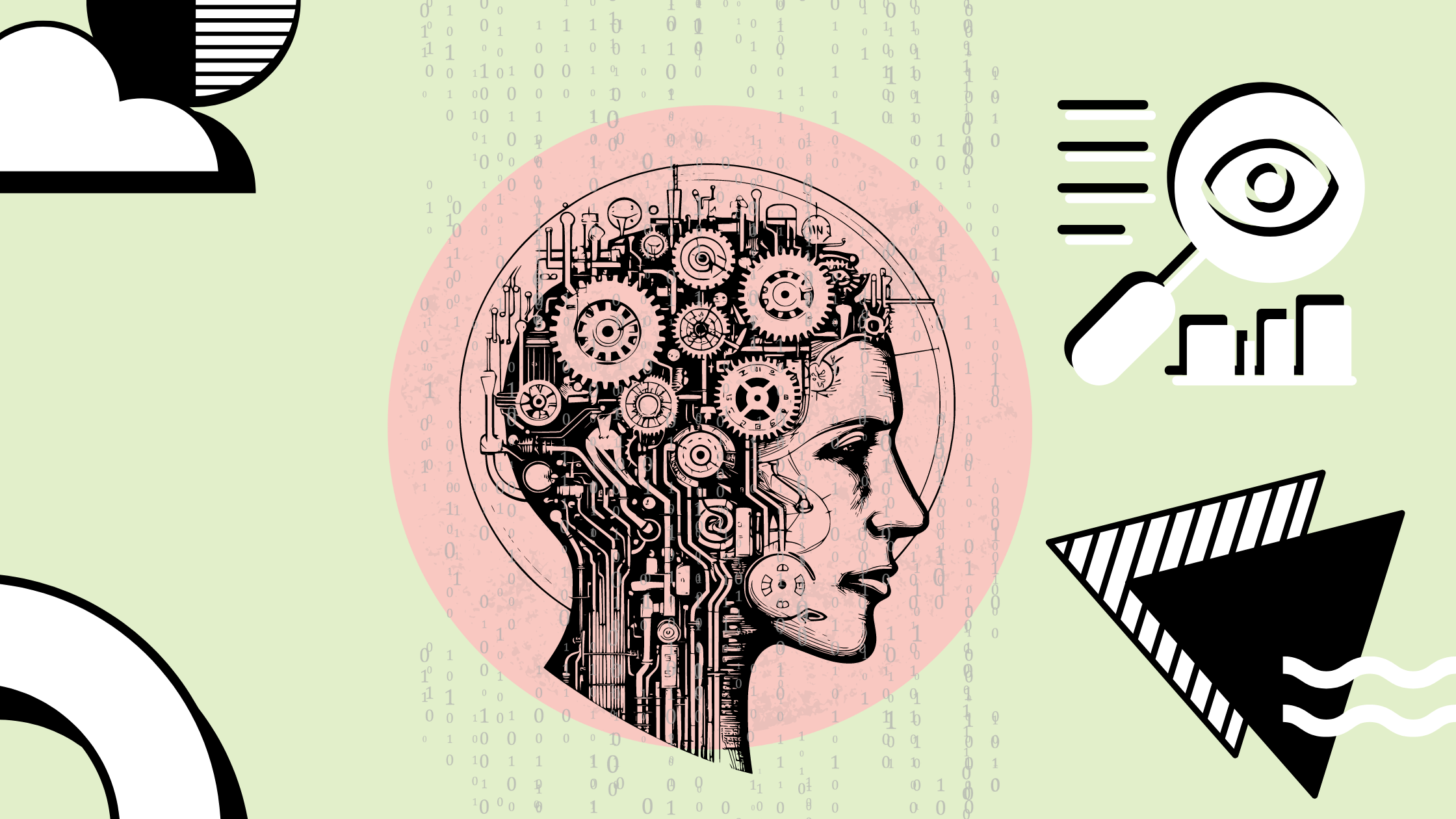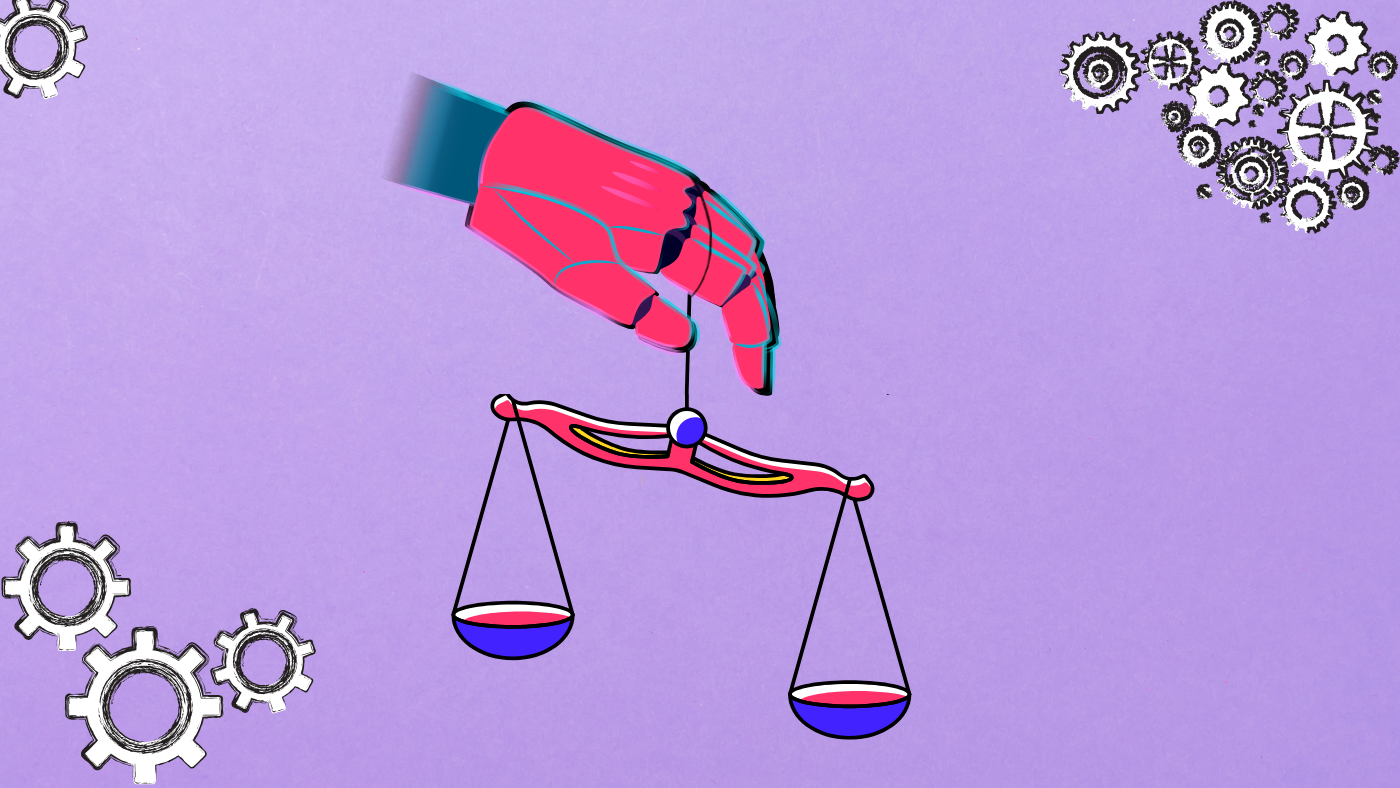Maximizing Machine Learning Efficiency with MLOps and Observability
5 Min Read
July 5, 2024

According to a recent report, the BFSI sector generates over 2.5 quintillion data bytes daily. While managing and processing such vast amounts of data is one of the biggest challenges for businesses, for data science teams, a wealth of opportunities to uncover additional insights, newer patterns/ theories, and many models to be experienced and developed.
However, the journey from data collection and processing to model development and training and finally to deployment is not a simple one. It requires a systematic and efficient approach to managing the entire machine learning lifecycle. Even after deployment, the model needs constant monitoring for accuracy, set-up for retraining, and governance and compliance to be ensured.
This brings us to MLOps, a practice that creates, runs, deploys, monitors, and retrains ML models.
What is MLOps?
An extension of DevOps principles, MLOps automates and streamlines the lifecycle of machine learning models, from development to deployment and maintenance. It is an intersection of:
- DevOps
- Data Engineering, and
- Machine Learning
Like in DevOps, software developers and IT operations teams collaborate, MLOps adds data scientists and ML engineers to this team. While data scientists focus on data analysis, model development, and experimentation, ML Engineers are responsible for infrastructure, automation, deployment, and scalability.
Why is MLOps needed?
- ML models rely on vast amounts of data. Cleaning, validating, scaling data pipelines, monitoring drifts, and other tasks are crucial for effectively managing machine learning projects. MLOps ensures that the data being used is clean, consistent, secure, and compliant with regulations.
- ML models are dynamic in nature. Minor tweaks can cause considerable differences in model predictions. MLOps ensures continuous monitoring of models in production and highlights issues such as data/ model drifts, data quality issues and model performance degradation in real-time.
- Model retraining is necessary to help maintain model relevance and consistent performance. MLOps facilitates automated retraining pipelines, alerting users when the model needs to be retrained.
- MLOps also helps organizations ensure adherence to regulations and compliance guidelines by ensuring model auditability.
- MLOps also provides a common framework for cross-functional collaboration between data scientists, ML engineers, and operations teams.
- MLOps enables faster development and deployment of ML models. Continuous monitoring and feedback loops ensure the teams are proactive in resolving any issues that may arise, facilitating continuous improvements and innovation
MLOps is made up of the following key components:

Current Market Landscape
The global MLOps market size was valued at $720.0 million in 2022& is projected to grow from $1,064.4 million in 2023 to $13,321.8 million by 2030.

Types of MLOps practices
MLOps practices can vary significantly based on the industry (vertical-specific) and the focus on different processes within the machine learning lifecycle (process-focused).
Vertical specific
- Healthcare: Applications in medical imaging, diagnostics, patient data analysis, and predictive healthcare.
- Manufacturing: Applied to predictive maintenance, quality control, supply chain optimization, and automation.
- Finance: Applications in fraud detection, risk management, algorithmic trading, and customer insights.
- Retail: Applications in demand forecasting, inventory management, recommendation systems, and customer analytics.
Process Focused
- Data management focused: For handling, preprocessing, and management of data
- Model development focused: Concentrates on the model development lifecycle: training, tuning, and evaluation.
- Model deployment focused: Focuses on deploying and serving models in production environments.
Technique specific
MLOps practices can also vary significantly based on the type of machine learning techniques being used. Let's see a quick comparison between MLOps for Large Language Models (LLMs), MLOps for General Machine Learning, and MLOps for Traditional Machine Learning:

How is MLOps different from ML observability?
MLOps and ML observability, while similar in their roles of managing and maintaining machine learning models, each focuses on different aspects of the machine learning lifecycle.
ML observability is a subset of MLOps that focuses specifically on monitoring and understanding the performance, behaviour, and health of machine learning models in production. ML observability goes a step further and offers deeper insights into the model's underlying behaviour for comprehensive issue diagnosis. This is crucial for not only understanding what the model issues are but also why they are occurring and what can be done to resolve them.
Components of ML observability:

Why MLOps Combined with Observability is the Optimal Solution
Effective model performance management requires more than detecting emerging issues. It requires capabilities that allow a deeper, proactive approach to root cause analysis of problems before they significantly impact the business or its customers. Clear, granular visibility into the root cause of problems provides additional risk controls to users, for implementing changes in the model accordingly.
ML Observability helps here, going beyond the concept of monitoring and investigating the correlation between inputs, system predictions, and the environment to provide an understanding during an outage.
Observability provides a quick, easily interpretable visualization, with the ability to slice and dice into the problem. It is suitable for multiple stakeholders, even non-technical ones. The goal is to pinpoint why the model is not performing as expected in production and give clarity on rectifying it—be it retraining the model, updating datasets, adding new features, etc. It can be seen as a combination of multiple monitoring solutions into a cohesive system that provides deeper insights and generates more value than the sum of its individual parts.
While monitoring ML models, users can face challenges related to either the data (insufficient data, underlying bias, data schema) or the model itself (training, retraining, performance). For such issues, integrating MLOps and Observability can help reduce time to detection and time to resolution through real-time resolution, root cause analysis, data correlation, explainability, and contextual explanations.
An MLOps and observability solution can collect data across all steps of the machine learning lifecycle, monitor data distributions, create alerts for relevant people, and share actionable insights with the right users. Such integration will also consist of an explainability component, which provides insights into why and how the model reached a prediction. Further, contextual explanations will present model rationales in a way that aligns with the user's background, preferences, and task requirements, thereby improving their comprehensibility and usefulness.
For example, In Health Insurance, the model predicted 'high-risk' but provided no explanations. The investigator may investigate a different aspect of the profile, resulting in a failed outcome, and the case may be accepted as 'Genuine'. This is a strong example of how models should work with human experts and provide evidence and explanations to help experts prove the nature of fraud effectively and at scale.
Hence, combining MLOps with Observability yields a powerful combination that assists organizations with:
- Enhanced model performance: Continuous model performance monitoring and root cause analysis help identify precisely when model performance starts diminishing. Monitoring the automated workflows helps maintain the required model accuracy and keeps transformations error-free.
- Model explainability: Observability increases model transparency and explains technical aspects, demonstrating impact through a change in variables, how much weightage the inputs are given, and more.
- Model reliability and scalability: Early detection of issues like model drift, data drift, and performance degradation helps resolve them quickly before they impact end-users. Automated alerts and real-time monitoring ensure consistency in model performance. MLOps and observability practices ensure that models and pipelines can handle increased load and complexity without compromising performance.
- Faster model development and deployments: MLOps practices streamline the development and deployment process, enabling rapid iteration and deployment of models. Observability ensures that each deployment is monitored for issues, reducing the risk of deploying faulty models.
- Regulatory compliance and auditing: Observability ensures compliance with regulations by maintaining data quality, model fairness, and auditability through detailed logs and metrics.
Conclusion
Making the shift from POC to a model that actually works is drastically different in the real world. Hundreds of things can go wrong while applying the model to a real-world use case. As organizations navigate these complexities, it is essential to prioritize both MLOps and observability. This will create a solid foundation for building, maintaining, and scaling trustworthy ML models.
SHARE THIS
Discover More Articles
Explore a curated collection of in-depth articles covering the latest advancements, insights, and trends in AI, MLOps, governance, and more. Stay informed with expert analyses, thought leadership, and actionable knowledge to drive innovation in your field.

Is Explainability critical for your AI solutions?
Schedule a demo with our team to understand how AryaXAI can make your mission-critical 'AI' acceptable and aligned with all your stakeholders.



















.png)

.png)
%20AryaXAI%20blog.png)


